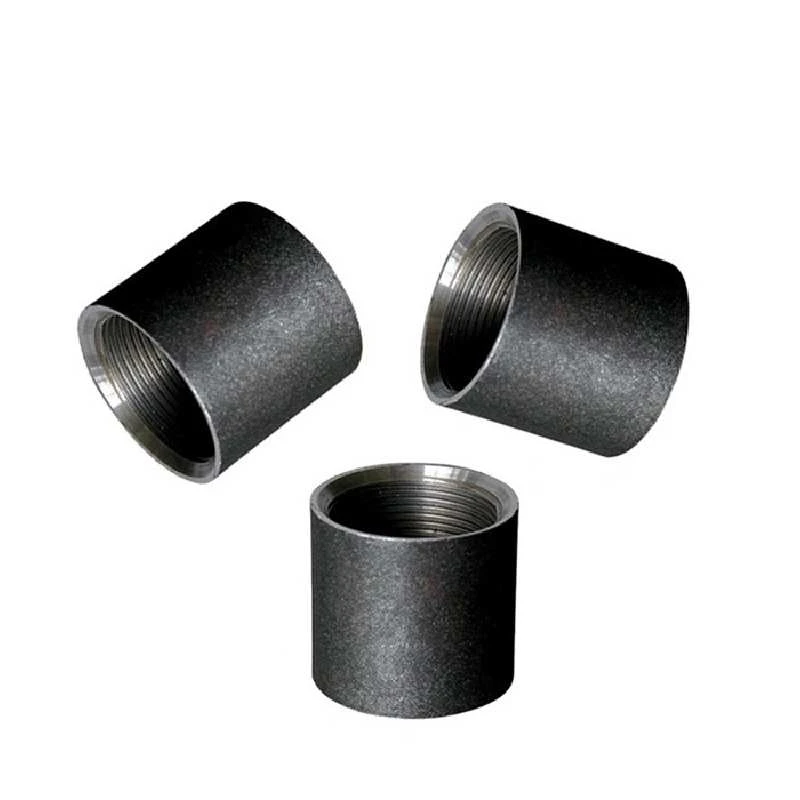-
Cangzhou Yulong Steel Co., Ltd.
-
Phone:
+86 13303177267 -
Email:
admin@ylsteelfittings.com
- English
- Arabic
- Italian
- Spanish
- Portuguese
- German
- kazakh
- Persian
- Greek
- French
- Russian
- Polish
- Thai
- Indonesian
- Vietnamese
- Zulu
- Korean
- Uzbek
- Hindi
- Serbian
- Malay
- Ukrainian
- Gujarati
- Haitian Creole
- hausa
- hawaiian
- Hebrew
- Miao
- Hungarian
- Icelandic
- igbo
- irish
- Japanese
- Javanese
- Kannada
- Khmer
- Rwandese
- Afrikaans
- Albanian
- Amharic
- Armenian
- Azerbaijani
- Basque
- Belarusian
- Bengali
- Bosnian
- Bulgarian
- Catalan
- Cebuano
- China
- China (Taiwan)
- Corsican
- Croatian
- Czech
- Danish
- Esperanto
- Estonian
- Finnish
- Frisian
- Galician
- Georgian
- Kurdish
- Kyrgyz
- Lao
- Latin
- Latvian
- Lithuanian
- Luxembourgish
- Macedonian
- Malgashi
- Malayalam
- Maltese
- Maori
- Marathi
- Mongolian
- Myanmar
- Nepali
- Norwegian
- Norwegian
- Occitan
- Pashto
- Dutch
- Punjabi
- Romanian
- Samoan
- Scottish Gaelic
- Sesotho
- Shona
- Sindhi
- Sinhala
- Slovak
- Slovenian
- Somali
- Sundanese
- Swahili
- Swedish
- Tagalog
- Tajik
- Tamil
- Tatar
- Telugu
- Turkish
- Turkmen
- Urdu
- Uighur
- Welsh
- Bantu
- Yiddish
- Yoruba

Oct . 05, 2024 19:49 Back to list
Techniques for Bending Steel Pipes Manually Without a Pipe Bender
Bending Steel Pipe Without a Bender Techniques and Tips
Bending steel pipes without the use of a bending machine may seem daunting, but with the right techniques and tools, it can be a manageable task even for DIY enthusiasts. Whether you’re working on a construction project, creating custom furniture, or crafting unique art pieces, bending steel pipes is a crucial skill that can enhance your project's functionality and aesthetics. Here are some techniques and tips to help you bend steel pipe without a bender.
1. Understanding Pipe Material and Size
Before you begin, it’s important to understand the type of steel pipe you’re working with. Different materials and wall thicknesses will respond differently to manual bending. Mild steel pipes, for example, are more malleable and easier to work with compared to high-carbon steel. Additionally, the diameter of the pipe also affects how easily it can be bent. Smaller diameter pipes can be bent more easily than larger ones.
2. Heat Application
Heat is your ally when bending steel pipe without a specialized bender. By applying heat to the area where the bend is to take place, you can increase the pipe’s malleability. You can use a propane torch to heat the pipe evenly. Be cautious not to overheat, as this can weaken the material. Once the pipe is red-hot, you can proceed to bend it more easily. It’s advisable to wear heat-resistant gloves and safety goggles during this process to protect yourself from burns or injuries.
3. Using Leverage
bending steel pipe without a bender

Another method for bending steel pipe is utilizing leverage. A simple way to do this is to place the pipe over a sturdy object, such as a vice or a heavy-duty workbench, allowing part of the pipe to overhang. You can then apply weight to the hanging portion or use a pipe wrench to grip and slowly bend the pipe downwards. It’s essential to do this gradually and evenly to avoid kinking.
4. Water-Filled Method
For a more controlled bending process, consider using the water-filled method. Fill the pipe with water and seal both ends. You can then proceed to freeze the water (which expands) or heat it while the pipe is securely fastened. The pressure of the expanding water or the heat helps to maintain the structural integrity of the pipe while bending, significantly reducing the risk of kinks or breaks.
5. Using a Template
If you require a specific angle or radius, creating a template can be incredibly helpful. Use a piece of wood or metal to create a guide for your bend. This will not only serve as a physical model but also allow you to control the angle more precisely. Clamp the template in place, and make your bends accordingly.
Conclusion
Bending steel pipe without a bender is entirely feasible with the right techniques. By applying heat, leveraging tools, using water, and following templates, you can achieve accurate bends for your project. Always prioritize safety—wear appropriate gear and proceed cautiously to avoid accidents. With practice, you’ll find that bending steel pipe can be both a satisfying and creative endeavor.
Latest news
-
ANSI 150P SS304 SO FLANGE
NewsFeb.14,2025
-
ASTM A333GR6 STEEL PIPE
NewsJan.20,2025
-
ANSI B16.5 WELDING NECK FLANGE
NewsJan.15,2026
-
ANSI B16.5 SLIP-ON FLANGE
NewsApr.19,2024
-
SABS 1123 FLANGE
NewsJan.15,2025
-
DIN86044 PLATE FLANGE
NewsApr.19,2024
-
DIN2527 BLIND FLANGE
NewsApr.12,2024
-
JIS B2311 Butt-Welding Fittings LR/SR 45°/90° /180°Seamless/Weld
NewsApr.23,2024











